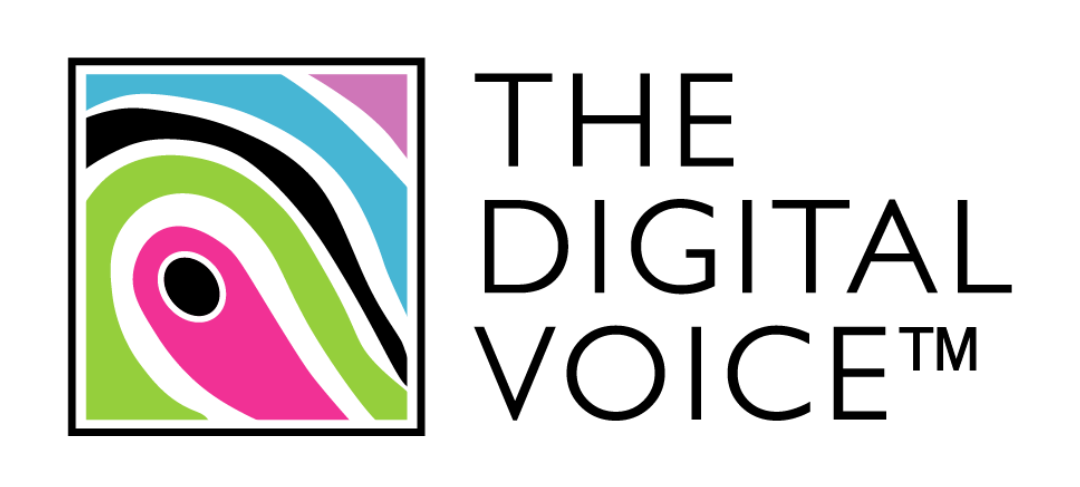Havas Media Network launches ‘generative engine optimisation’ tool

Havas Media Network has debuted a tool aimed at providing brands with generative engine optimisation (GEO) insights.
Brand Insights AI offers multi-model analysis across six major generative-AI platforms: ChatGPT (OpenAI), Claude (Anthropic), Gemini (Google), Sonar (Perplexity), Grok (xAI) and DeepSeek.
Its goal is to give brands a unified view of how they are perceived by these large language models (LLMs) in real time.
Additional features include content optimisation suggestions, AI-powered content recommendations based on audience profiles and competitive insights, and a view into the sources of information driving AI responses.
Brand Insights AI is available as part of Havas’ broader Converged operating system, which was launched last year.
It is designed for use by marketers, brand managers and digital strategists. According to a spokesperson, the tool requires just a handful of inputs (brand name, competitors, market context) before it can suggest actionable insights “in minutes”.
A new ‘default interface for search’?
The launch comes at a time when media agencies have begun shifting their SEO strategies to account for rapidly evolving consumer search behaviour.
According to June Ukom/Ipsos iris data, 19.6m people used AI sites or apps (equivalent to 38% reach), with ChatGPT used by more than a quarter of the UK online population monthly. Data from Similarweb found that ChatGPT was the fifth-most-accessed domain in the world last month, behind Google, YouTube, Facebook and Instagram.
At The Future of Brands in April, Brandtech agency Jellyfish discussed growing demand for greater measurement of how brands are portrayed by AI models. The goal, according to Pernod Ricard’s head of digital and design, is to have LLMs “list our brands in the way that we desire”.
That requires new tools aimed at influencing when, how often and how AI models reference a given brand.
Paul Bland, chief digital officer at Havas Media Network UK, said AI is “becoming the default interface for search and discovery”, noting that brands need to be on the front foot in adapting to a changed market.
He told The Media Leader: “Historically, you had one algorithm [Google] that was making decisions of the sources and understanding of authority. Whereas now you’ve got potentially six, seven, eight different AI models and platforms that have a different content-ranking algorithm. As a result, you need visibility on the sources that are powering the responses from each of the platforms.”
What also changes are the KPIs for success in search. In the past, brands might measure click-through rates to their website, particularly if they led to purchase. But given a widely reported decline in click-through rates on AI search, marketers may be forced to consider alternative metrics. That could mean adapting their search strategies to be more focused on the upper funnel.
“Think about the value of appearing, beyond a click,” Bland advised. “The reality is, the influence of being in a position of being [on AI search] is really important for brands.”
To do so, brands will need to consider strategies for adjusting their perception in online spaces that AI models’ algorithms are weighted to pull from. According to Bland, these tend to include social media platforms and quality publishers.
Reddit CEO Steve Huffman has previously claimed the platform makes up a plurality of the data Perplexity and ChatGPT uses in response to queries, potentially making it a higher priority for marketers.
“I’m torn on the answer of whether brands should be influencing lots of content in those spaces,” Bland continued. “That’s part of a wider brand strategy of how you’re perceived by people and then how they talk about your brands on those platforms.
“Marketing and how you talk about your brands influences how people talk about you on social platforms and that influences how you appear on [AI search].”
Also published in: The Media Leader



